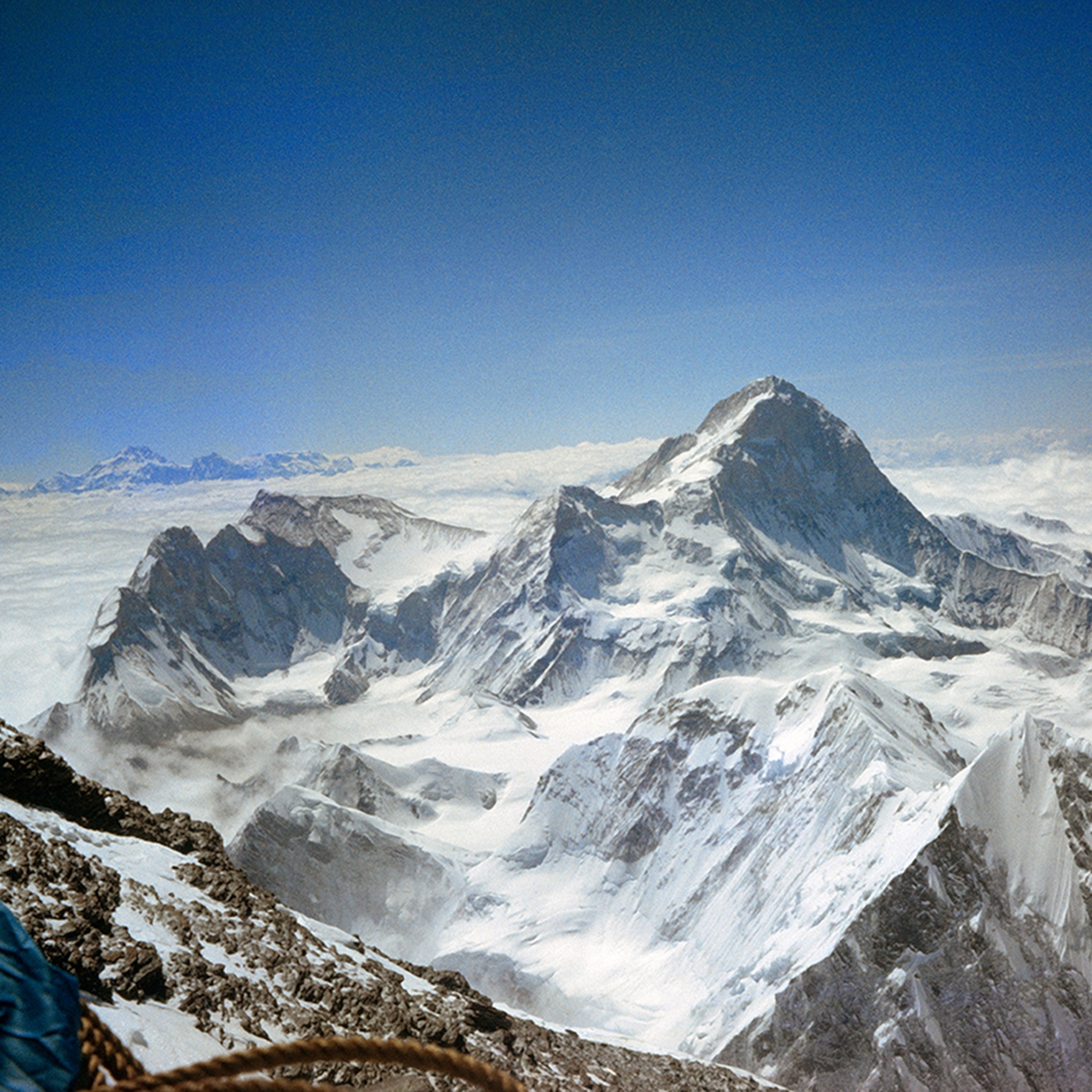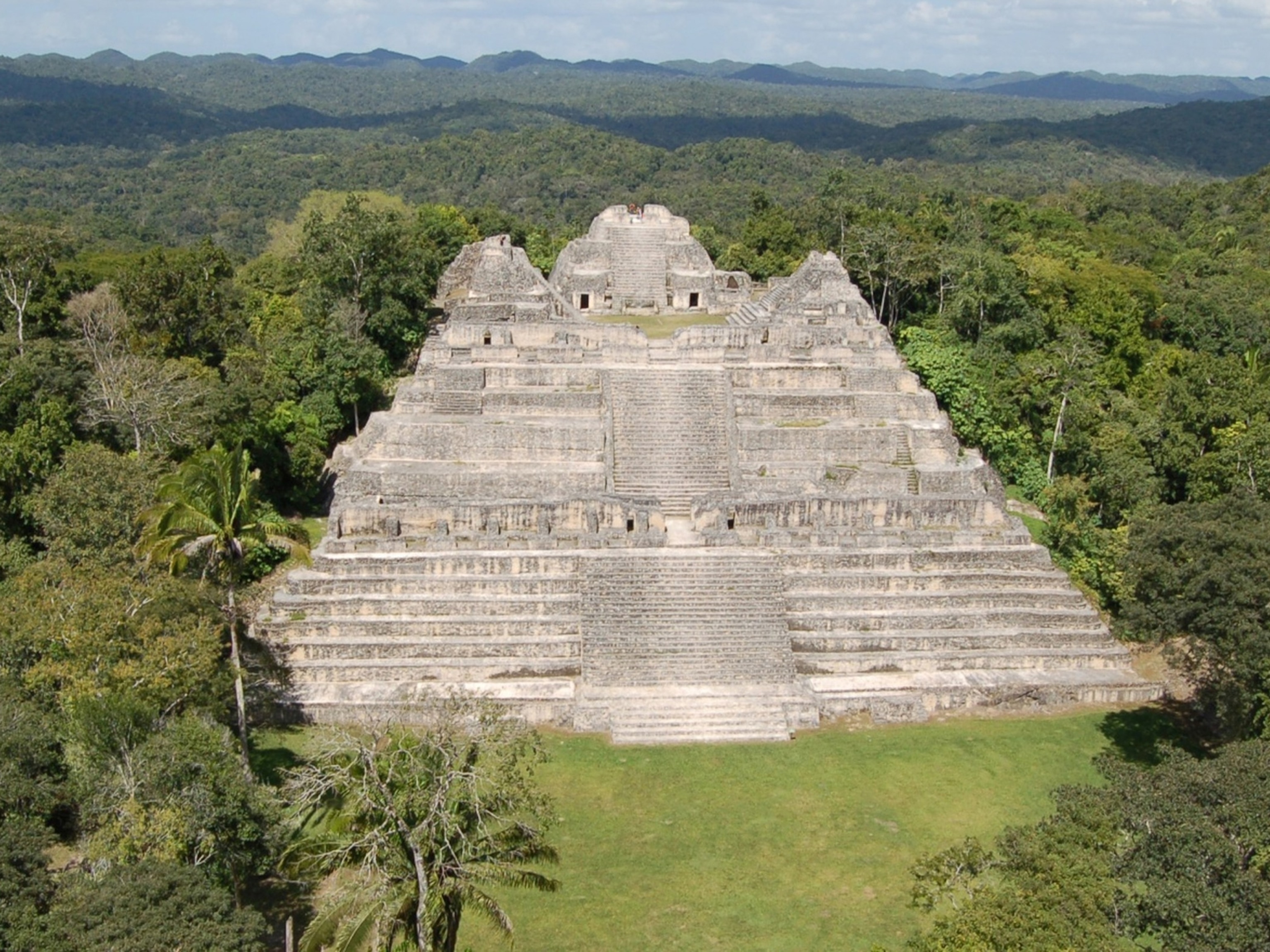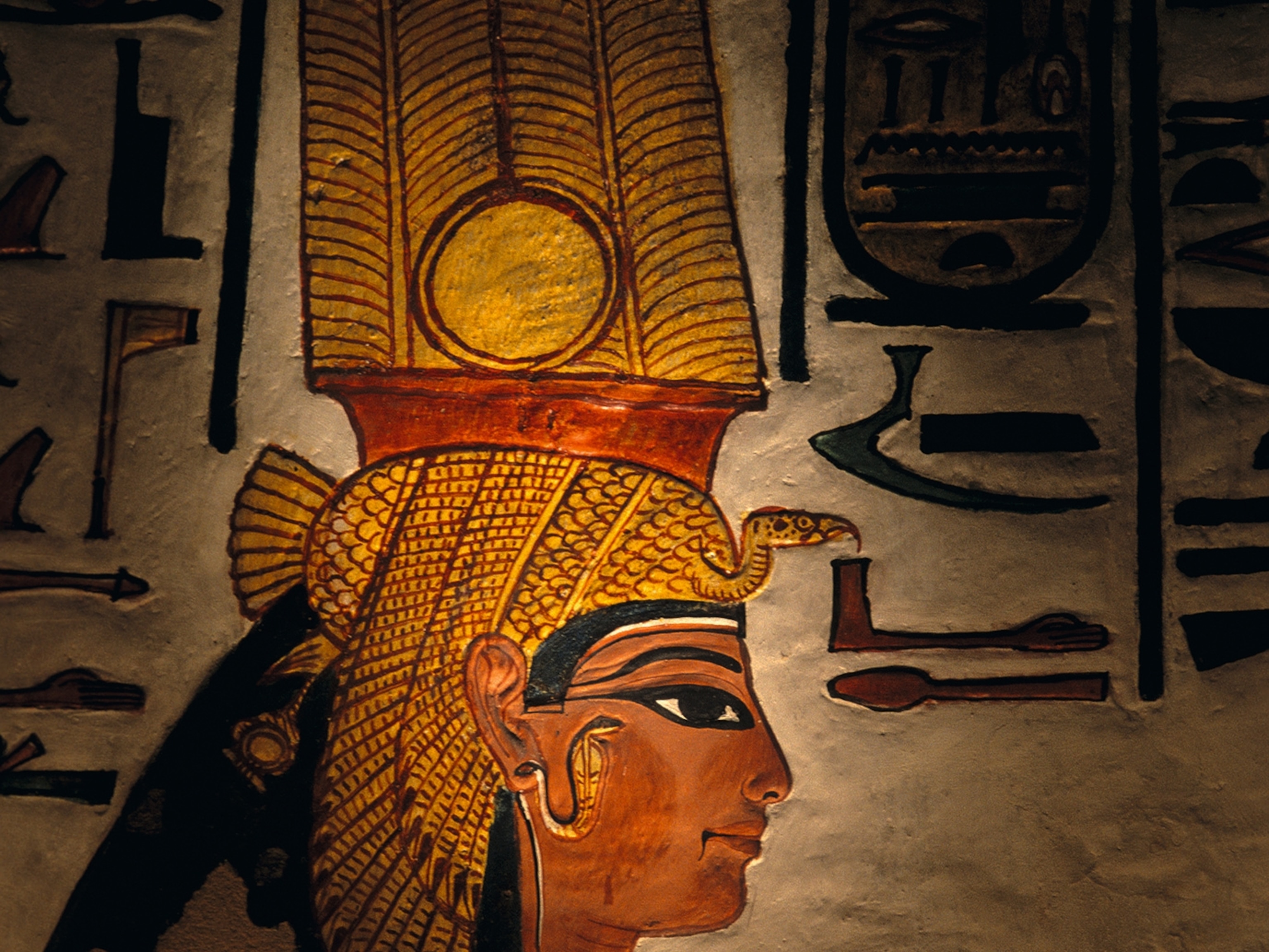
Albert Yu-Min Lin, Explorer
2009 Readers' Choice Adventurer of the Year
See the next 2009 Adventurer of the Year >>
Photo Gallery: See images from Albert Lin's expedition >>
Picture the young explorer, standing in his StarCAVE, searching for the tomb of Genghis Khan. Picture the world around him, the wilderness stretching away in all directions. Picture him stooping to inspect some rocks near his feet, rocks that together form a suspiciously tidy rectangle, a rectangle that stands out for its orderliness amid the surrounding chaos of green lichen and gray talus. Picture him making a note to himself, then turning toward a faraway peak topped by an ancient shrine and launching himself toward it at several hundred miles an hour.
It’s an illusion, of course. The StarCAVE, this five-walled Cave Automated Virtual Environment, is a trickster, a dream-bringer. It squats in an earthquake-proof room in a laboratory at the University of California, San Diego, and allows its users to immerse themselves in huge three-dimensional projections of computer-generated molecules or architectural CAD blueprints or, as now, high-resolution satellite imagery of northern Mongolia. The explorer squats to examine pixels, not rocks, and when he flies away, he’s standing still. None of this is real.
Except for the explorer.
He’s as real as it gets.
Albert Lin, 28, received his doctorate from the materials science and engineering program at UCSD early last year. He’s a good scientist, one who’s earned kudos for his work probing the strengths and weaknesses of crustaceans and mollusks. Upon his graduation, his mother, a former Hong Kong movie star, and his father, an astrophysicist, both urged him to get on with things as soon as possible, to find a job that would allow him to eat more steak, less ramen. Instead, Lin decided to begin his postgraduate career by organizing a high-risk, high-stakes project, one that offered little stability and even less promise of success.
Lin’s virtual exploration in the StarCAVE this afternoon is an extension of a flesh-and-blood expedition that he led last summer, when he, 18 men, eight horses, and two Soviet-era trucks loaded with high-tech mapping and imaging equipment set out across the same terrain he’s poring over digitally now. The expedition plunged deep into northern Mongolia’s Hentiy Province, into an area known as the Ikh Khorig, which translates literally as the “great taboo” but is referred to by outsiders as the “Forbidden Zone.” The immediate aim was to survey the area—with GPS, unmanned aerial vehicle (UAV) flyovers, and satellite imagery—but the larger goal, the one that inspired the trip and still causes Lin no end of excitement, was to find the lost tomb of Genghis Khan.
From the time of the Khan’s death in 1227 up until 1991, the 90 square miles that make up the Forbidden Zone were as off-limits as any place in the world. Shortly after he died, the Khan’s surviving commanders ordered a group of 50 particularly battle-hardened families, collectively known as the Uryangqai of the Woods, to occupy this land and kill any trespassers, making exceptions only for the funeral processions of the Khan’s direct descendants, who were allowed to be buried there. Unsurprisingly, this fierce degree of secrecy has led many to surmise that the body of Genghis Khan himself resides somewhere in this zone, along with some of the treasures of an empire vaster than those of Napoleon and Alexander the Great combined. When the Soviets took over Mongolia in 1924, they stamped out the Uryangqai of the Woods just as they tried to stamp out the subversive, nationalism-inspiring memory of the great Khan, maintaining a bubble around the Ikh Khorig, declaring it a highly classified military site. It wasn’t until the fall of the U.S.S.R., in 1991, that restrictions began to loosen. Even today, 782 years after it was sealed off, the Forbidden Zone has been visited by only a smattering of archaeologists, biologists, and environmentalists.
Lin has been obsessed by the story of “Chinggis Khaan” since a backpacking trip to Mongolia five years ago, but it wasn’t until last year, after realizing that UCSD was the perfect embarkation point for a tomb hunt, that he took steps to mold his obsession into action. Some of his best friends at the university were experts in various fields—UAV design, remote sensing, geographic information systems—that could, if applied in combination, provide an old-fashioned archaeological expedition with cutting-edge advantages. Not only that, but these same friends were almost all, like Lin, avid rock climbers, used to roughing it in the wilderness, up for most any adventure, the crazier the better.
One thing quickly led to another, and one day in early July, Lin and his team, funded by a National Geographic Waitt grant, found themselves rumbling north from Ulaanbaatar in their rented Russian trucks. On maps, it looked like their initial destination in the Ikh Khorig was about six hours distant. Then came the mechanical breakdowns and deep mud pits, the injured goats and swamped vehicles, the recalcitrant guards at the entrance to the Forbidden Zone. After two days, they established their first base camp—two Mongolian gers, or yurts—took a few celebratory pulls from a bottle of bootleg vodka, and set about exploring.
For the next three weeks they roamed all over the Forbidden Zone and beyond, fanning out across the untracked wilderness on foot and on horseback. They braved wolves, exploding UAVs, and unexploded Soviet ordnance. They ate goat steak, goat stew, and something called goat bread, and washed it down with fermented horse milk.
One afternoon, while crossing a valley, Lin spotted a small, evenly proportioned grassy hill in the middle of an otherwise flat field. It looked distinctly like a burial mound, perhaps even one of a royal scale. The team pushed its way through the thick, boar-infested brush surrounding it and clambered to the top. A test probe, however, revealed that the hill was just a hill.
- National Geographic Expeditions
Their disappointment didn’t last long. Two days later, high on the flanks of a mountain, they arrived at the location of an ancient temple that has never been studied. Although they didn’t do any excavation, by simply peering into the upturned earth near recently downed trees they found plenty of impressive artifacts, among them a clay medallion, dating from the Khan’s time, embossed with the regal face of a lion.
All told, Lin’s team identified dozens of potential burial sites. And since his return to the States, he has continued his discoveries, transforming real-world data into the virtual world of the StarCAVE and canvassing terrain he couldn’t reach in the field. Scouring the StarCAVE for anomalies, he has added one more major site of interest to his list.
When Lin and his team return to these sites next summer, they will set about examining each one. Rather than digging, however, the team will probe them noninvasively with subsurface imaging tools. Genghis Khan, after all, is considered by most Mongolians to have been not just the greatest military commander of all time, but also the greatest shaman, a kind of combination of General Patton and Jesus Christ. Some locals worry that disturbing his tomb could unleash spiritual furies of an eschatological caliber, bringing about the apocalypse.
While the validity of these concerns is debatable, it should be noted that, on the day the team packed up the gers and began the long trip back to Ulaanbaatar, the sky darkened and the biggest rainstorm in 40 years kicked up. Perhaps Albert Lin is on the right track.
Originally published in the December 2009/January 2010 edition of National Geographic Adventure







